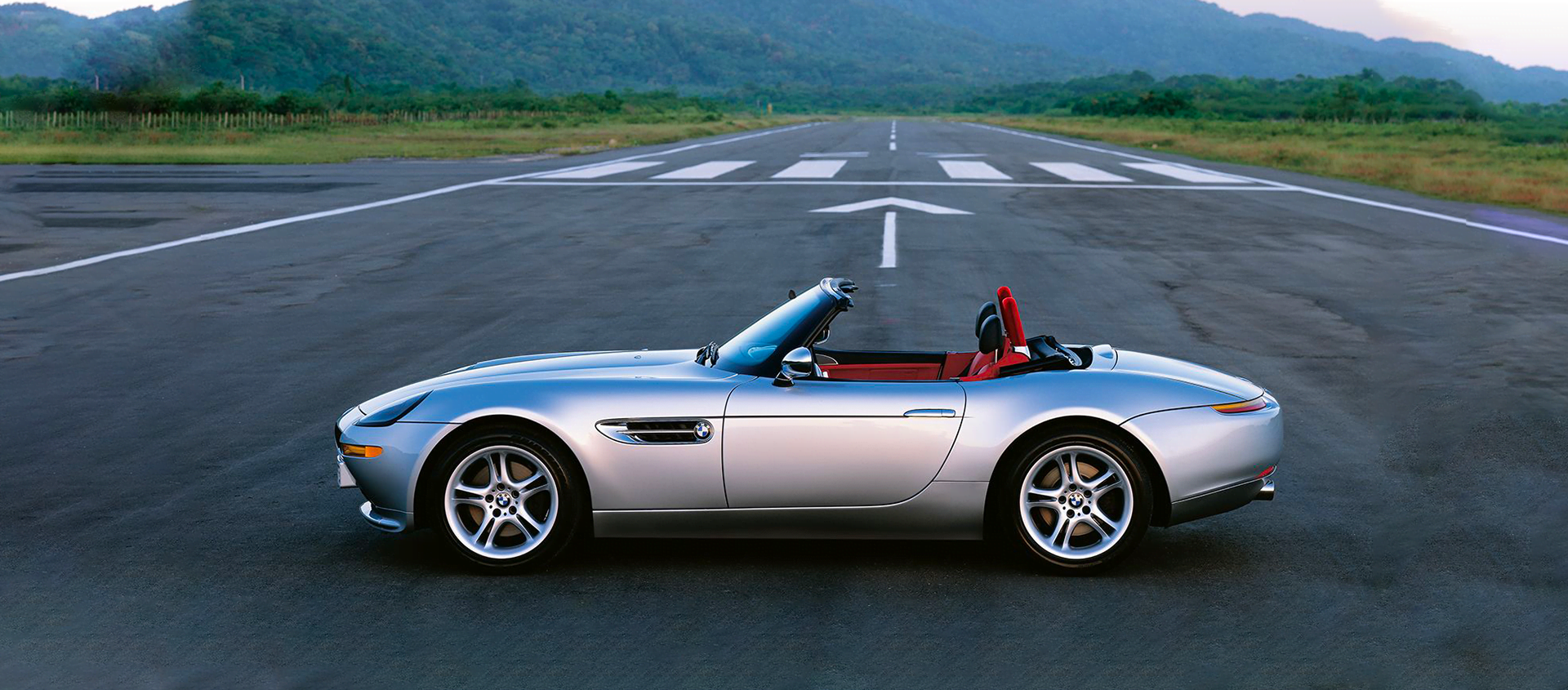Why and how does the market change?
14 January 2021 3 min read 8 images

My colleagues over at TCCT have started calling me the Dowser. The message is clear, they want me to discover significant facts by looking closely at the numbers. I will do my best as a nickname like that must be well deserved. Accordingly, I carried out a price analysis between three models that were sufficiently popular to give workable numbers: sold at online auctions – BaT 2020 sales – and physical presence sales data from traditional auction houses. The result is an interesting initial hypothesis.
Register to unlock this article
Signing up is free and gives you access to hundreds of articles and additional benefits. See what’s included in your free membership. See what's included in your free membership.
Already have an account? Log In